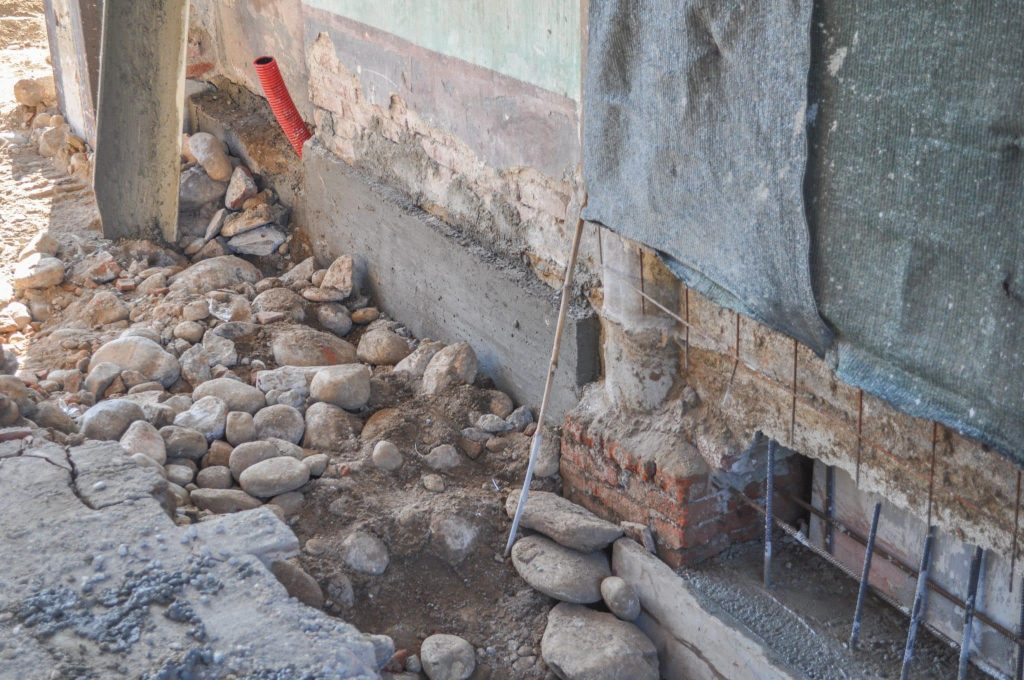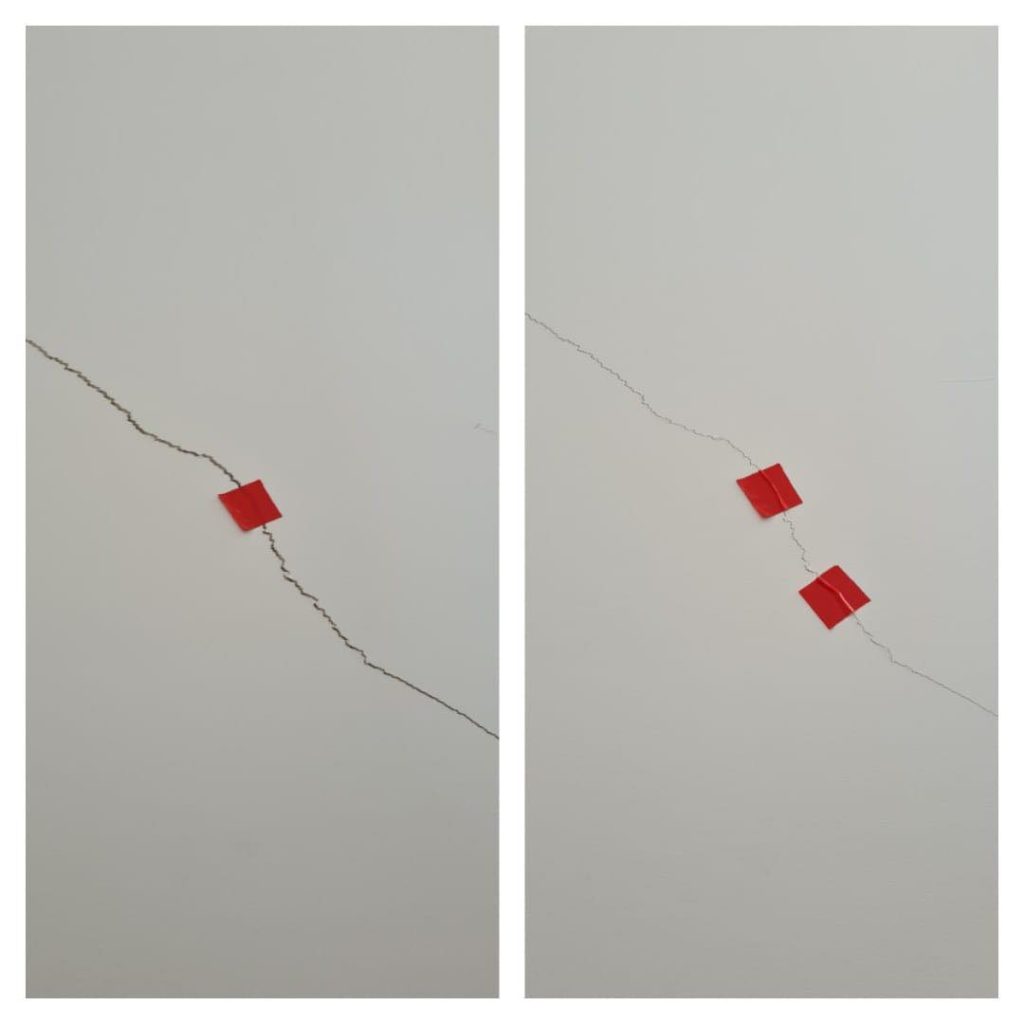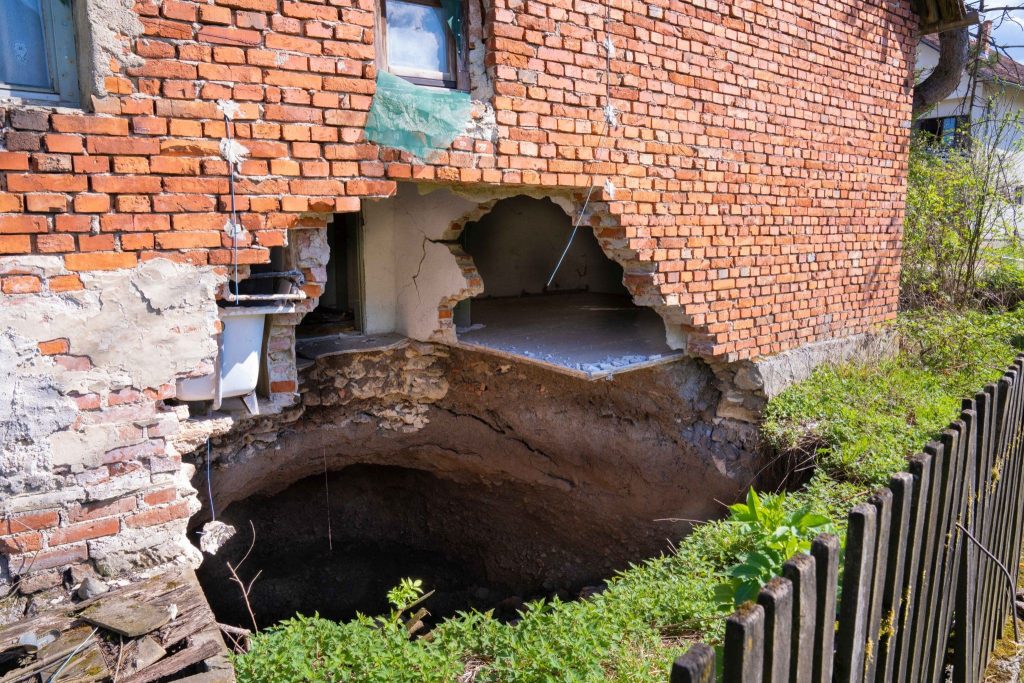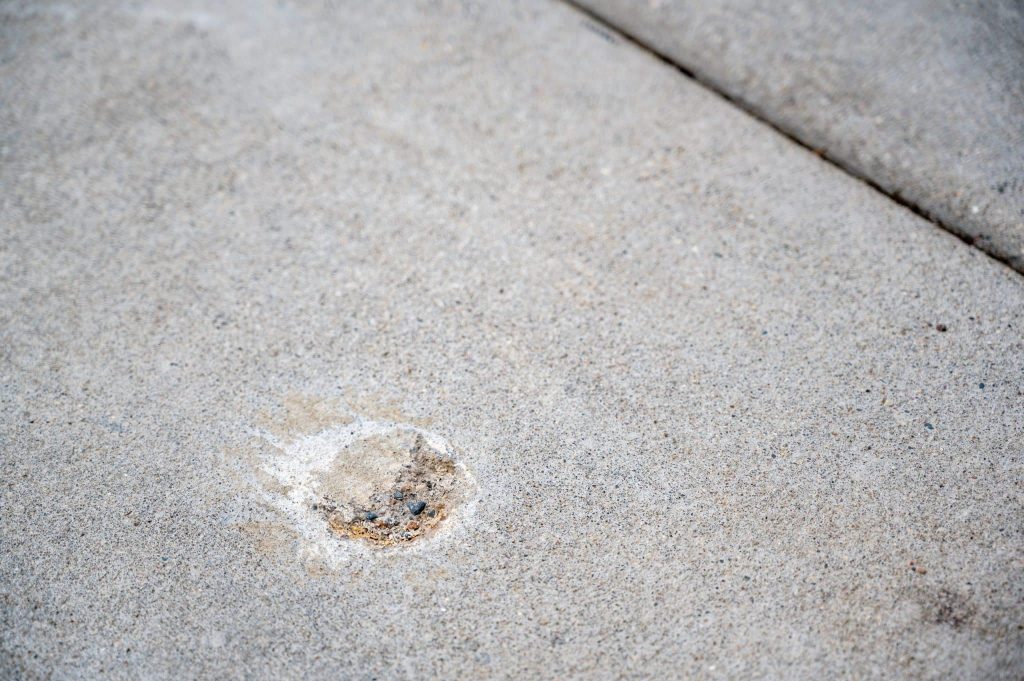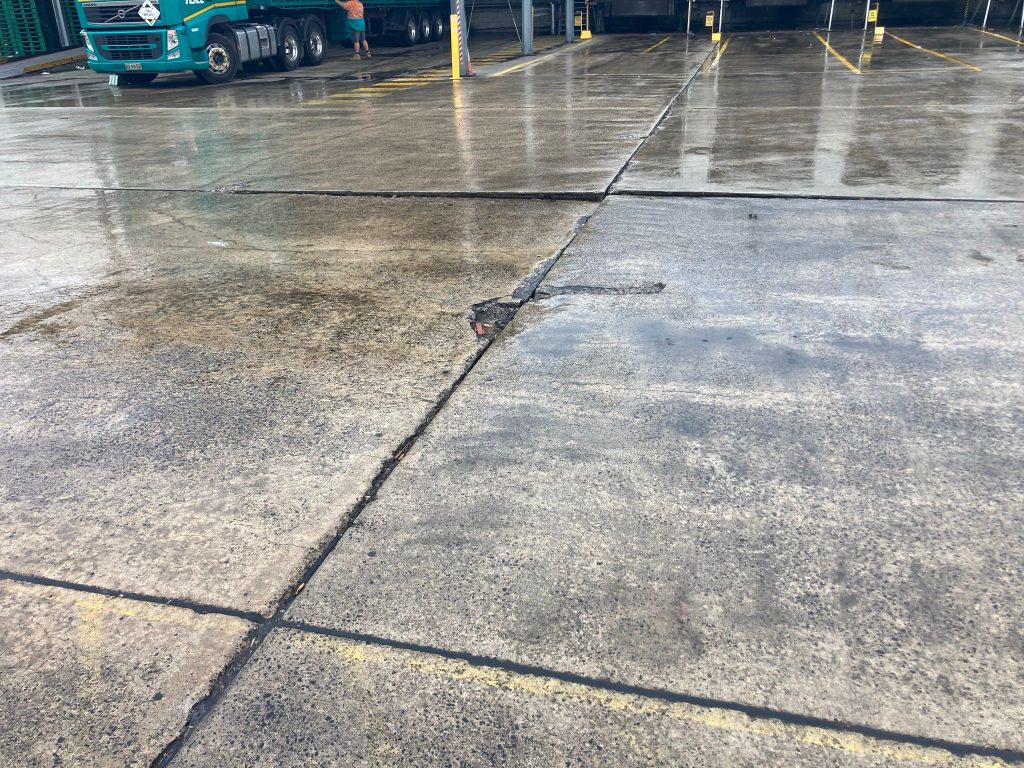If you notice that your walls have cracks, doors and windows are sticking, and your floors are sinking or sloping, your home or building likely has a subsidence problem.
What is subsidence?
Subsidence is the gradual caving in or sinking of land due to the movement of underground material. When the ground starts to sink, it causes damage to your home’s foundations, which causes it to sink or collapse because its stability, support, and structure are weak.
Signs of Subsidence
The early stages of subsidence can be challenging to notice. However, there are a few signs that indicate a structural movement in your home. These include:
1. The house walls are cracking, or large cracks of about 3mm or more appear near doors and window frames. The cracks will often be noticeably wider on top than at the bottom, but not always.
2. Stuck doors and jammed windows
3. Older properties will have sloping floors.
4. If the home has an extension, there will be cracks where the main house meets the extension.
5. Wrinkles or rippling in wallpaper that is not caused by dampness or excess moisture
There are two primary methods to stabilise a house with subsidence problems: concrete underpinning and geopolymer injection.
Concrete underpinning
The oldest method of dealing with subsidence is through concrete underpinning. For over 100 years, it has been the solution for strengthening the foundations of a home or building affected by subsidence.
Concrete underpinning in Sydney is a construction process that adds footings or supports under and beside your home for support and stability. It involves excavating an area of ground to create new bored footings. The process is done in stages until a depth with stable weight-bearing strata is found. The excavation is then filled with concrete, allowed to cure, and the hole of the next step is begun.
Advantages of underpinning
1. It can increase the soundness of the structure of your home or building. It also enables the exposure of the mechanics of the structure like plumbing and electrical wiring to be repaired or upgraded.
2. Strengthens the foundation
3. It’s a proven method to deal with some forms of subsidence.
Disadvantages of underpinning
1. It’s a slow process and may take months to complete
2. Because it involves excavation, and if excavation is done under existing foundation, the affected parts of the home cannot be used until the process is complete
3. Can be labour-intensive
4. Stronger or more stable soil may not always be found after excavating
5. It adds many tons of weight to an already sinking structure
6. There is no ground improvement as part of the process
Geopolymer Injection
Another method to deal with a house with subsidence is through the process of geopolymer injection. It is a process of stabilisation that involves injecting a geopolymer resin into the ground through holes drilled at precise locations around the home. The resin will expand, compacting the ground and lift the house until it is at the required position. All the voids are filled, and the ground or soil is compacted enough to support the structure’s weight.
Advantages of geopolymer injection
1. The process is non-disruptive. So the home or building can continue running without disruption.
2. The process typically includes significant ground improvement
3. Geopolymer resin injection does not add any weight to the previously subsiding structure
4. The process is quicker than traditional stabilisation methods and can be completed within hours
5. Treatment is suitable for a wide range of home and building types
6. Can restore the foundations to their original condition
7. The resin used is very stable, strong, and durable.
8. It does not require excavation and is friendlier to the environment.
Disadvantages of geopolymer injection
1. If there is a deep or sizable underground fissure, a large quantity of resin will be needed to fill it, and the process may become more expensive than previously thought.
Both methods have their advantages and disadvantages. The best way to solve your home subsidence problem will depend on several factors. An informed decision is more likely to be made after a consultation with a stabilisation method professional.

